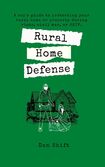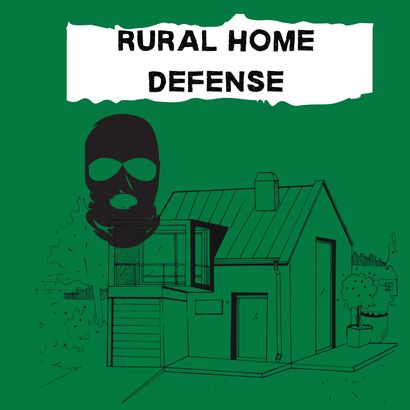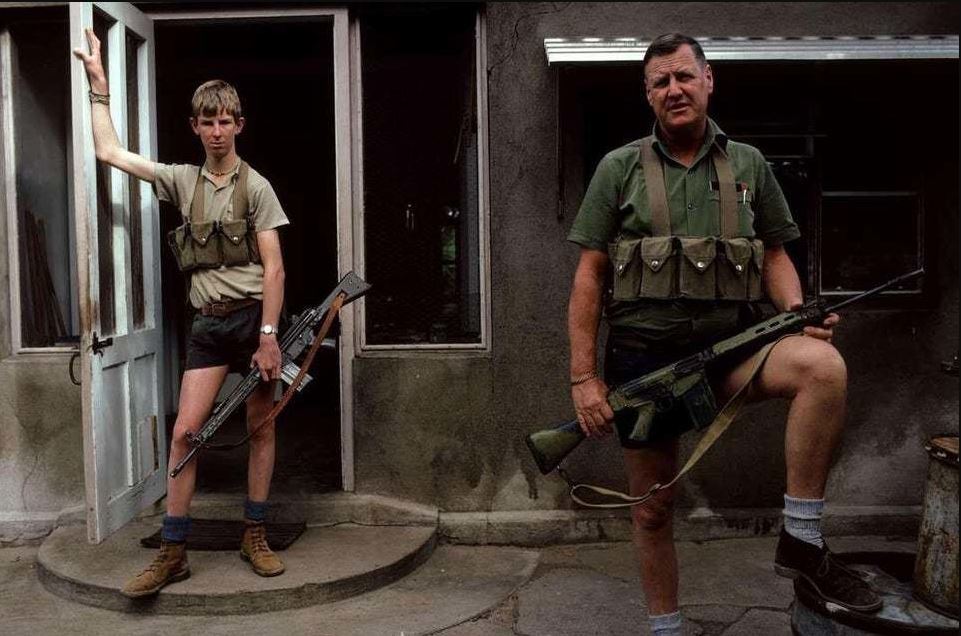Rural Home Defense: A cop's guide to protecting your rural home or property during riots, civil war, or SHTF.
Book 3 in the Suburban Survival Series

As America stands at the precipice of famine, political instability, a financial disaster, domestic conflict, and even a civil war, preparing one’s home and family are now a matter of survival. Contrary to the popular belief that rural living will allow a prepared individual to ride out the storm unscathed, lessons from history show us that those outside of cities will face similar threats to their suburban compatriots. Rural and remote homesteads and properties can be easily attacked by a superior force utilizing the same isolation that the owner sought. Getting out of the cities is a good idea if you are prepared for the unique challenges. This book is for:
- Farmers who are going to be facing intimidation from organized crime.
- Homeowners who don’t want to fall prey to criminals who believe rural isolation will work in their favor to facilitate their crimes.
- Country neighborhoods that need to band together against marauders.
- Keeping remote homes that thugs want to turn into their retreat in the hands of their owners.
- How Rhodesian farmers dealt with daily terrorist attacks during the 1970s Bush War.
- Threats in rural areas, like organized agricultural crime, roving hordes of starving people looting fields, and drug cartels.
- How to setup a radio network for neighbors to communicate and summon help in an emergency.
- Using cameras, drones, and motion sensors to extend one’s monitoring capabilities.
- Hardened perimeters, including fencing, hedgerows, and alarm systems.
- Defensive positions, interlocking fields of fire, and creating your own rural defense force.
- Close Quarters Battle tactics and how to use a breaching shotgun.
- Defending crops, gardens, and livestock during a famine.

